hwalsuklee / Tensorflow Mnist Vae
Programming Languages
Projects that are alternatives of or similar to Tensorflow Mnist Vae
Variational Auto-Encoder for MNIST
An implementation of variational auto-encoder (VAE) for MNIST descripbed in the paper:
- Auto-Encoding Variational Bayes by Kingma et al.
Results
Reproduce
Well trained VAE must be able to reproduce input image.
Figure 5 in the paper shows reproduce performance of learned generative models for different dimensionalities.
The following results can be reproduced with command:
python run_main.py --dim_z <each value> --num_epochs 60
| Input image | 2-D latent space | 5-D latent space | 10-D latent space | 20-D latent space |

|
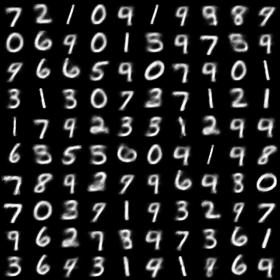
|
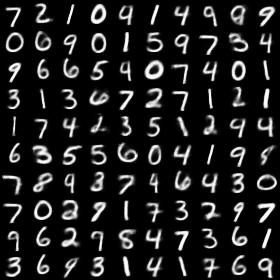
|
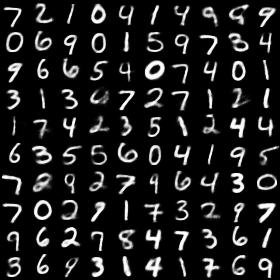
|
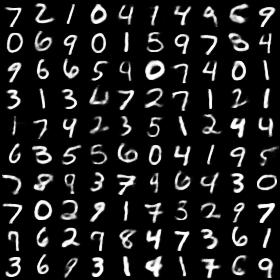
|
Denoising
When training, salt & pepper noise is added to input image, so that VAE can reduce noise and restore original input image.
The following results can be reproduced with command:
python run_main.py --dim_z 20 --add_noise True --num_epochs 40
| Original input image | Input image with noise | Restored image via VAE |

|
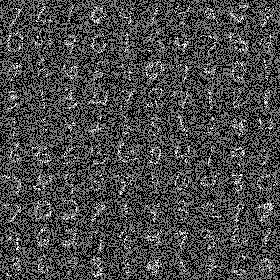
|
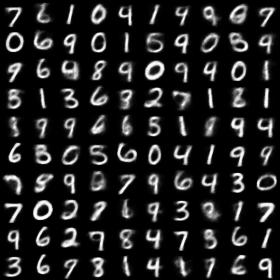
|
Learned MNIST manifold
Visualizations of learned data manifold for generative models with 2-dim. latent space are given in Figure. 4 in the paper.
The following results can be reproduced with command:
python run_main.py --dim_z 2 --num_epochs 60 --PMLR True
| Learned MNIST manifold | Distribution of labeled data |
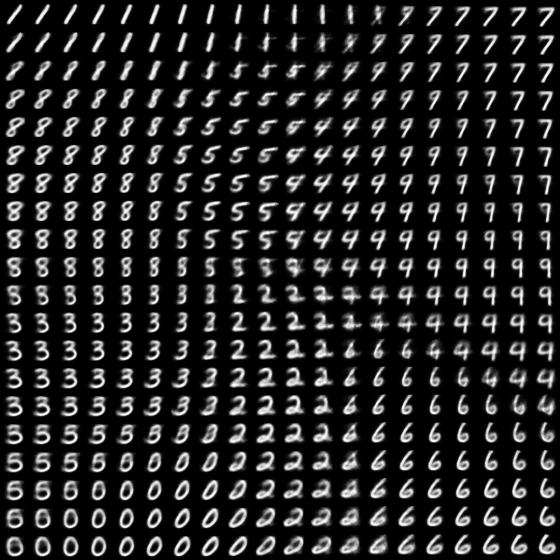
|
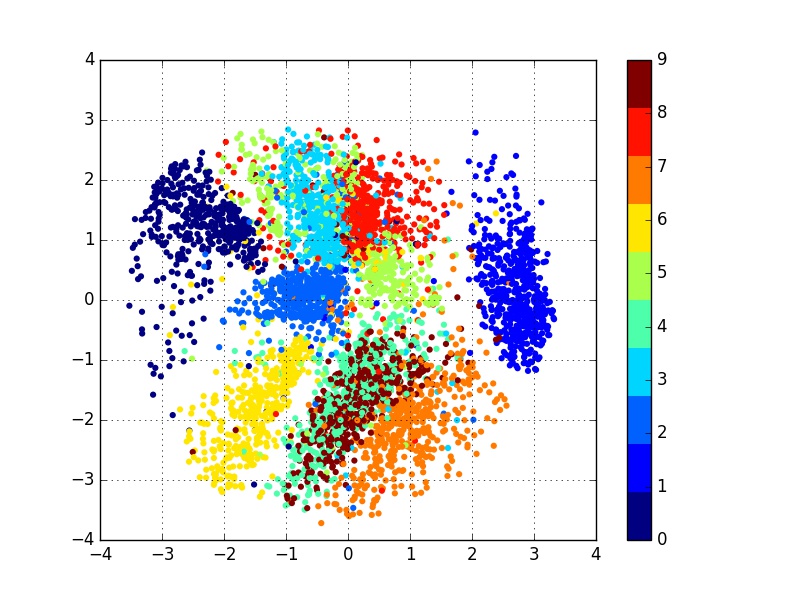
|
Usage
Prerequisites
- Tensorflow
- Python packages : numpy, scipy, PIL(or Pillow), matplotlib
Command
python run_main.py --dim_z <latent vector dimension>
Example:
python run_main.py --dim_z 20
Arguments
Required :
-
--dim_z: Dimension of latent vector. Default:20
Optional :
-
--results_path: File path of output images. Default:results -
--add_noise: Boolean for adding salt & pepper noise to input image. Default:False -
--n_hidden: Number of hidden units in MLP. Default:500 -
--learn_rate: Learning rate for Adam optimizer. Default:1e-3 -
--num_epochs: The number of epochs to run. Default:20 -
--batch_size: Batch size. Default:128 -
--PRR: Boolean for plot-reproduce-result. Default:True -
--PRR_n_img_x: Number of images along x-axis. Default:10 -
--PRR_n_img_y: Number of images along y-axis. Default:10 -
--PRR_resize_factor: Resize factor for each displayed image. Default:1.0 -
--PMLR: Boolean for plot-manifold-learning-result. Default:False -
--PMLR_n_img_x: Number of images along x-axis. Default:20 -
--PMLR_n_img_y: Number of images along y-axis. Default:20 -
--PMLR_resize_factor: Resize factor for each displayed image. Default:1.0 -
--PMLR_n_samples: Number of samples in order to get distribution of labeled data. Default:5000
References
The implementation is based on the projects:
[1] https://github.com/oduerr/dl_tutorial/tree/master/tensorflow/vae
[2] https://github.com/fastforwardlabs/vae-tf/tree/master
[3] https://github.com/kvfrans/variational-autoencoder
[4] https://github.com/altosaar/vae
Acknowledgements
This implementation has been tested with Tensorflow r0.12 on Windows 10.
